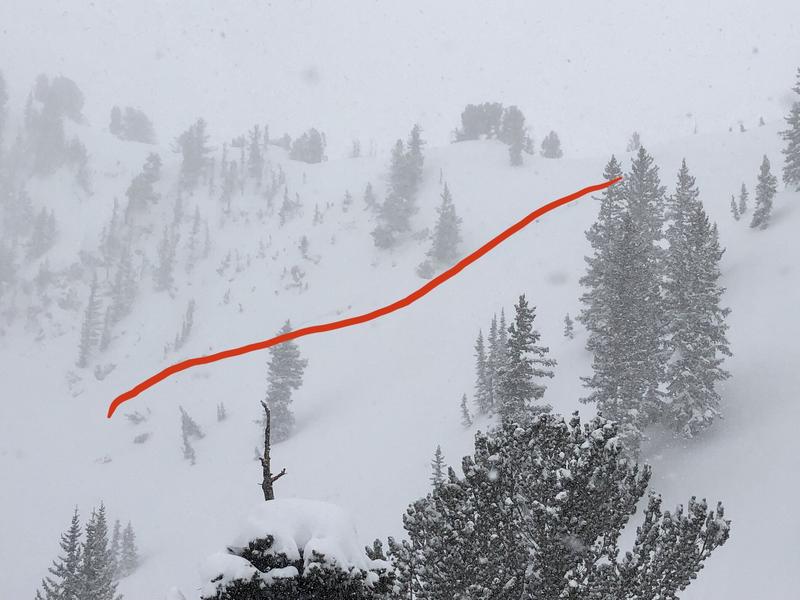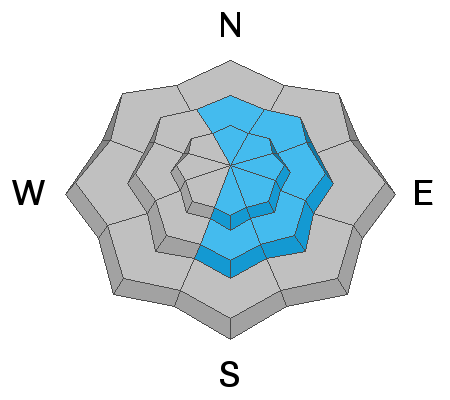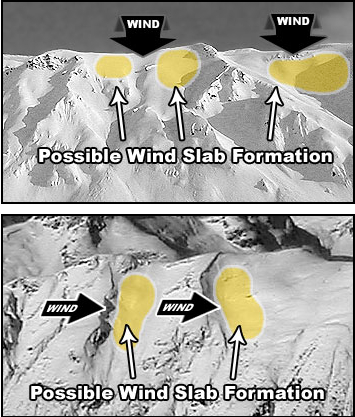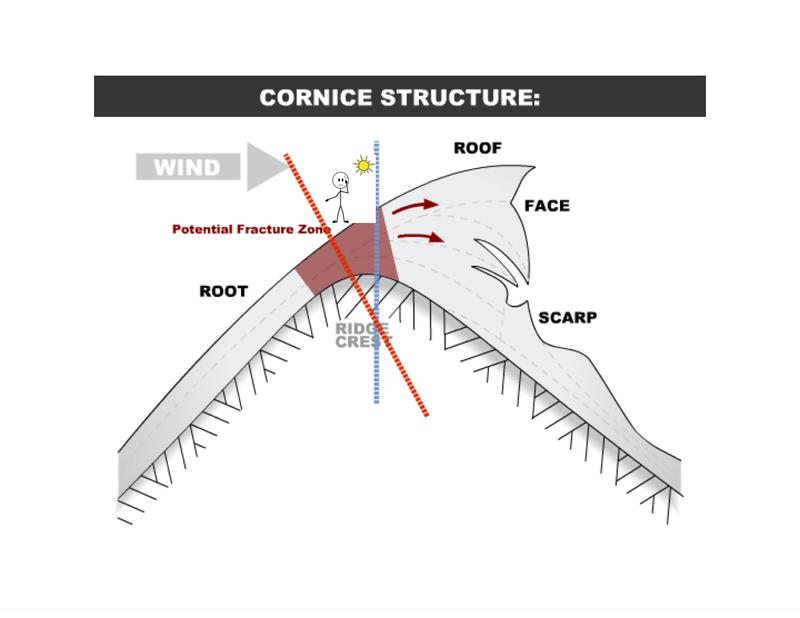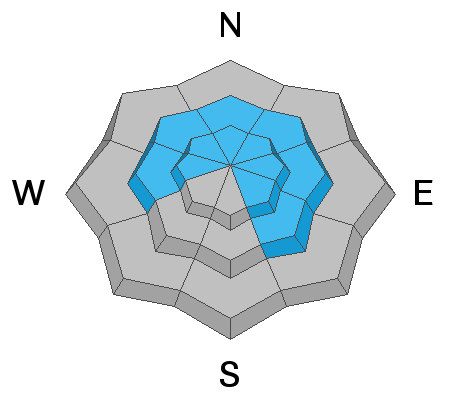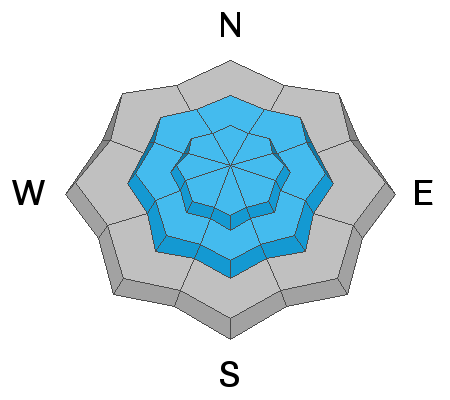Forecast for the Salt Lake Area Mountains

Issued by Drew Hardesty on
Sunday morning, February 28, 2021
Sunday morning, February 28, 2021
A MODERATE AVALANCHE DANGER exists on all aspects of the mid and upper elevations for lingering new snow and wind slab avalanches. This danger is most pronounced on steep north to east to south facing slopes. Human triggered avalanches will be possible today. Some avalanches may have the potential to step down into older weaker layers 3-6' deep in localized terrain on west to north to southeast facing slopes.
SAFE TRAVEL HABITS SAVE LIVES
* Make a plan and keep track of each other
* One at a time through steep terrain
* Get out of the way at the bottom
* Carry and know how to use rescue gear
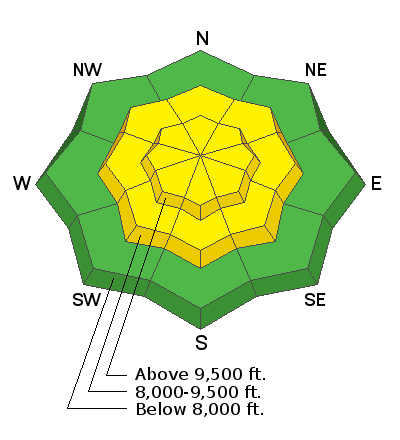
Low
Moderate
Considerable
High
Extreme
Learn how to read the forecast here


